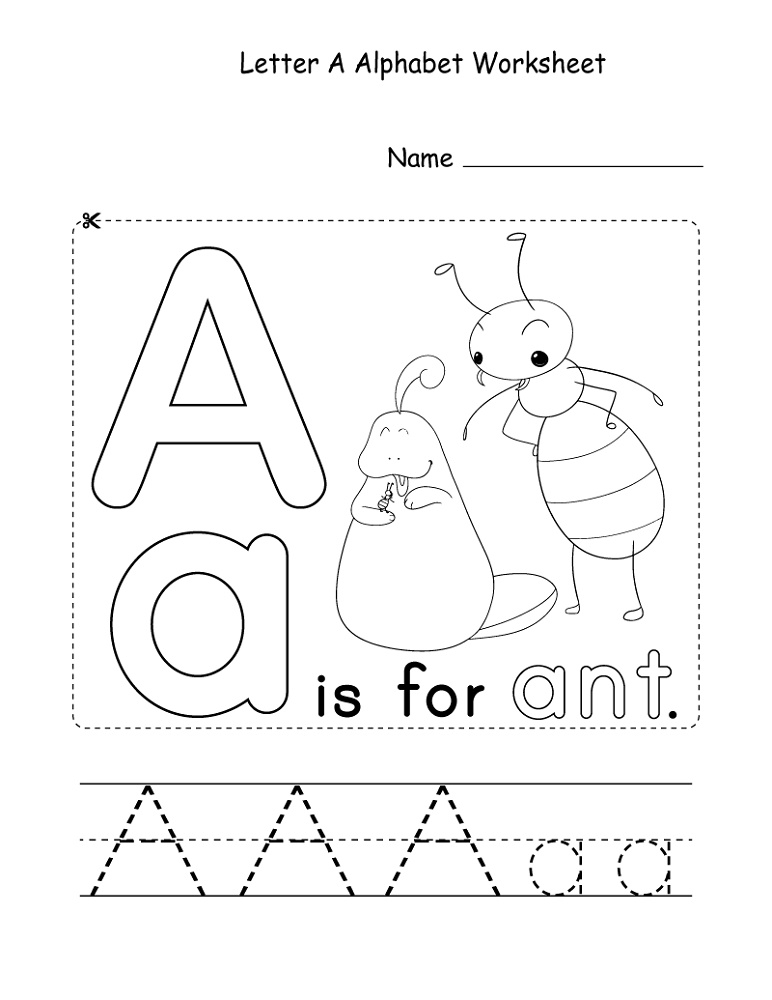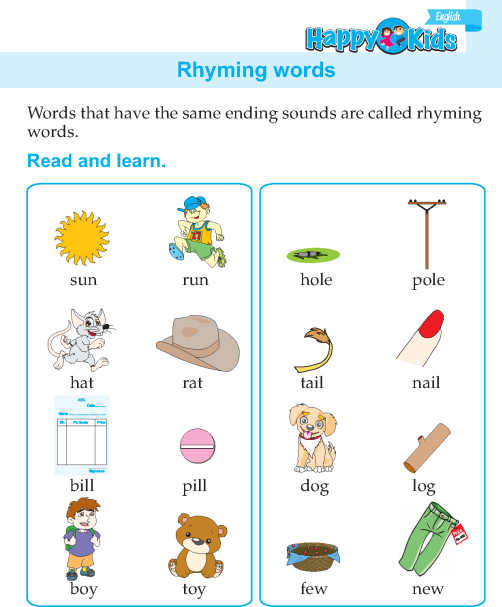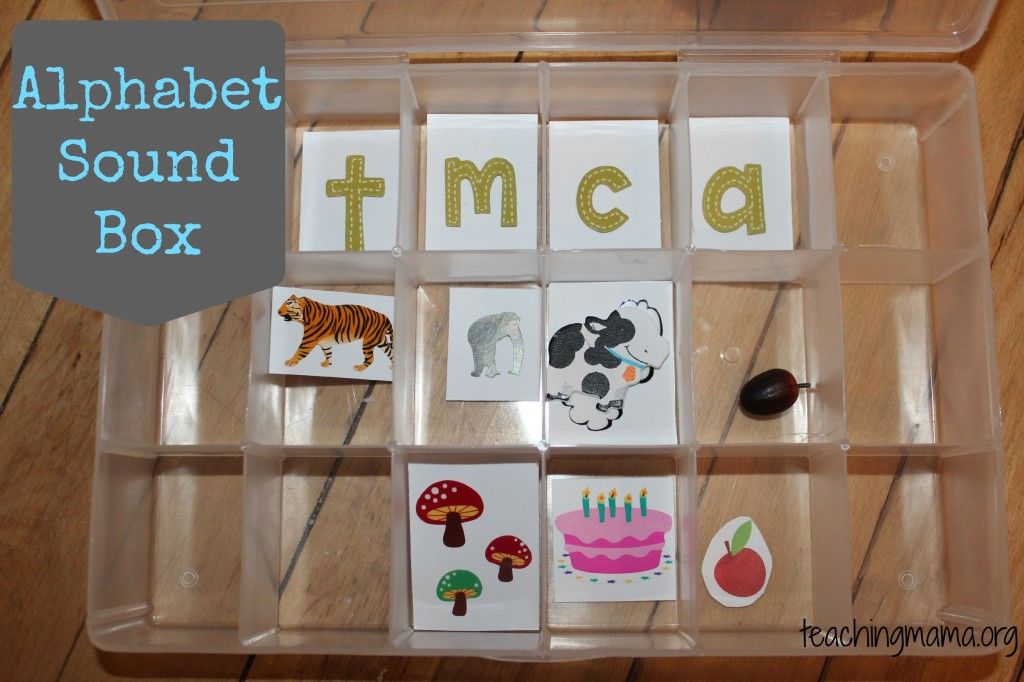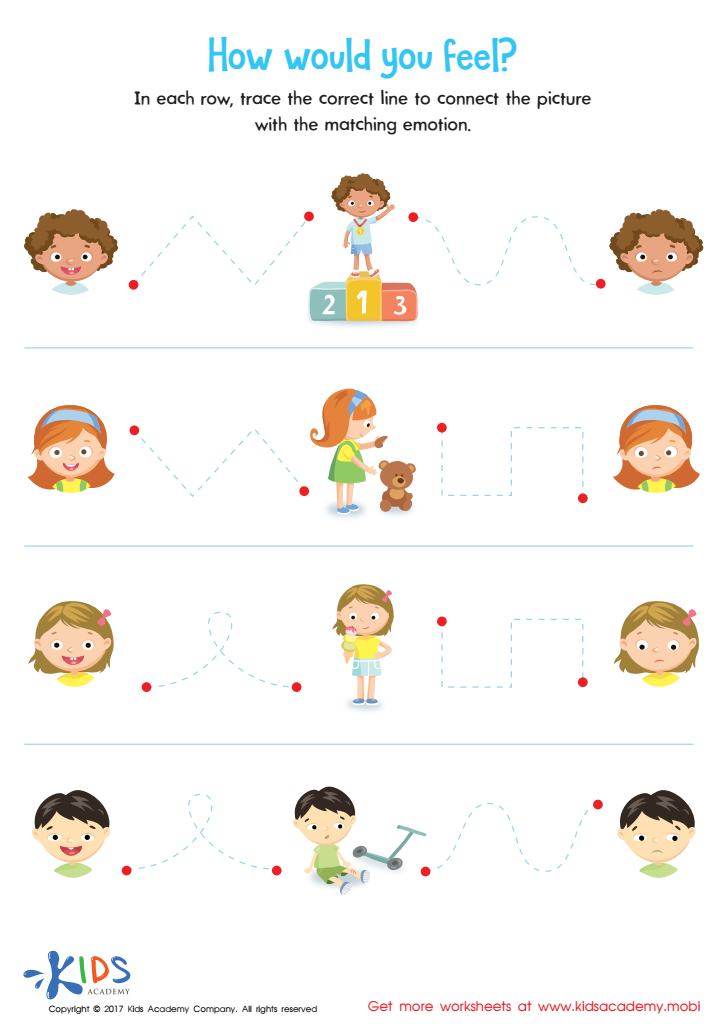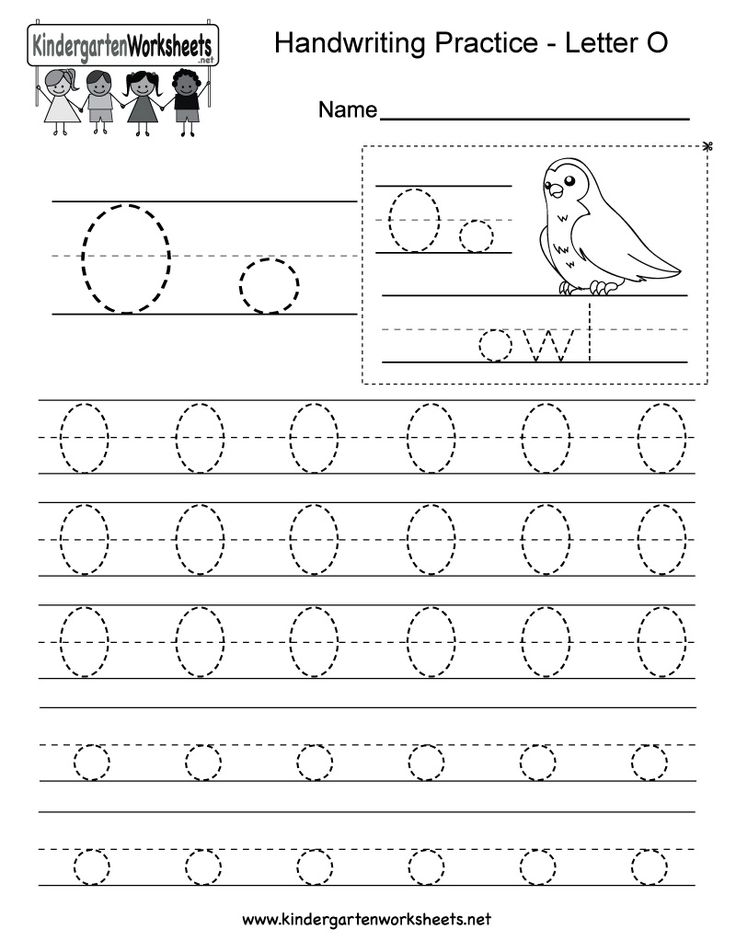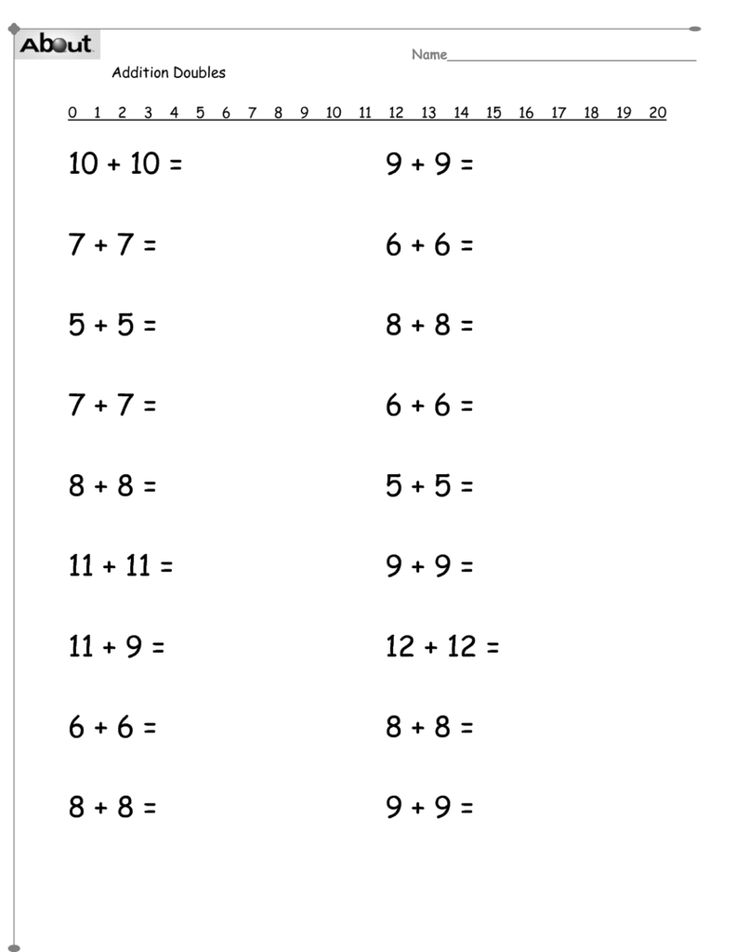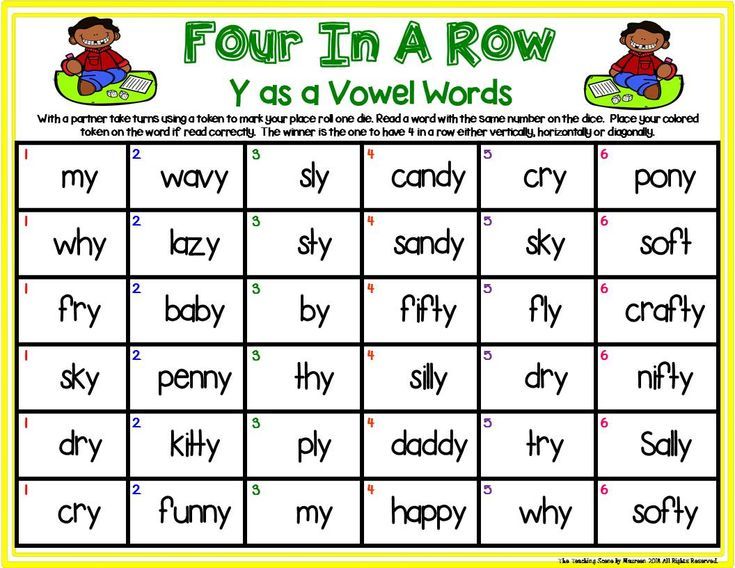Activities with letters for preschoolers
26 Easy, Fun Alphabet Activities That Give Kids the Practice They Need
Alphabet activities make learning your ABCs more fun. There are so many ways to practice your ABCs, you might be able to do one alphabet activity a day for a year without repeating. We’ve gathered over 25 super fun alphabet activities so kids can play and learn every day.
1. Write letters on dried beans
Large dried white beans are inexpensive to purchase and easy to write on. Grab a sharpie and write all the upper and lower case letters on them. Then put each set in a pile (or baggie) and ask your kids to match them.
2. Letter sort with sticky notes
Write individual letters on sticky notes and then place them all over your house or just on every stair in a staircase. This practice game has a lot of variations—all tied to sorting. Ask kids to sort by:
- lowercase
- uppercase
- letters in their name
- straight lines (H)
- curved lines (c)
- both curved and straight lines (B)
- consonants
- vowels
For even more practice: have them sort their finds into ABC order, match lowercase letters to uppercase letters, and then, find a way to sort them that’s new.
3. Write letters in shaving cream
Squirt shaving cream on a table and let your kids write letters in the cream. Smoothe it out to erase and start again. Bonus: their hands and your table will be cleaner than ever!
ADVERTISEMENT
Source: Rose and Rex
4. Bend letters with pipe cleaners
Pipe cleaners have always been a trusted source of good fine motor practice as well as a fun craft resource. Now use them to have kids create uppercase and lower case letters.
Learn more: make and takes
5. Make sensory ABC bags
This one is great because you can change up what you put in here and even move to sight words. You’ll need a gallon bag with a ziplock top. Add letters written on pieces of paper, magnetic letters, scrabble tiles, or anything else you can think of with letters. Then fill the bag with rice or oatmeal and seal it. Kids dig through the rice through the bag to find the letters.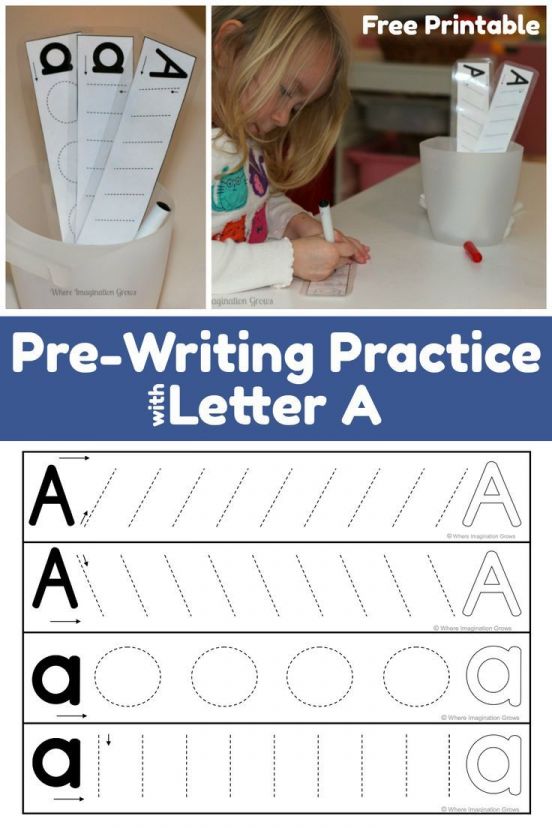 When they find them, they write down the letter they find until they locate all 26 letters of the alphabet.
When they find them, they write down the letter they find until they locate all 26 letters of the alphabet.
For more sensory ideas: Little Bins Little Hands
6. Find invisible letters with watercolors
This is a classic. Using a white crayon, draw letters on a piece of white paper. Give your kids watercolor, let them paint the paper, and watch the letters appear.
Learn more: Gift of Curiosity
7. Play musical alphabet
Set up letters in a big circle on the floor. You can use magnetic letters or just write them on index cards. Put music on and have your child walk around the circle to the music. When the music goes off, your child tells you the closest letter. Expand on it: ask your child to name three things (colors, animals, etc) that start with that letter.
8. Sponge the alphabet
Cut sponges into letters and use them for sponge painting letters or playing in the tub.
Learn more: Learning 4 Kids
9.
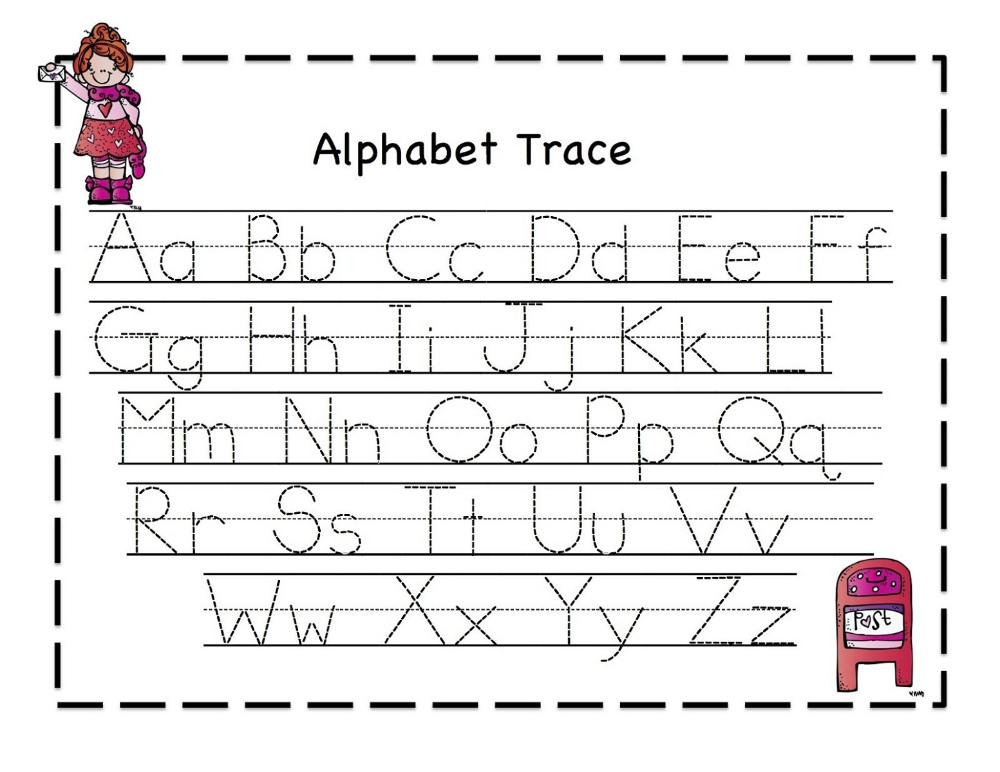 Put together name puzzles
Put together name puzzlesWrite the upper and lower case letters in a name and then cut them apart in a simple zigzag. Mix up the letters and ask a child to match them up and put them in the right order.
10. Make letters from nature
Find the alphabet right outside. Choose natural objects that already look like letters, or arrange them to look like them.
To learn more: Right Brained Mom
11. Eat your ABCs
We know from Alphabet Soup that eating your ABCs is plain old fun. So think of all the ways you can practice the alphabet at mealtime. Pancakes can be made into letters, jello can be cut into letters, and noodles can be used to make letters (just to name a few).
Learn more: Parent Map
12. Go on an alphabet scavenger hunt
The fun part about this for grown-ups is that there is no prep. Tell kids to go find objects that start with each letter of the alphabet. To make this game take longer, designate spots for them to bring each item back—one at a time. Every item must be approved before they can move on to the next. This allows for fewer meltdowns at the end when an item is deemed inaccurate.
Every item must be approved before they can move on to the next. This allows for fewer meltdowns at the end when an item is deemed inaccurate.
13. Make your own ABC book
Personalizing the ABCs helps kids process and retain their learning. One of our favorite alphabet activities starts by creating a book out of 26 pieces of paper and staples or hole punches and a ribbon. Have kids write an uppercase and lowercase letter on each page. Finally, have them draw or cut out pictures of things that start with each letter. Voila!
Learn more: Teach Mama
14. Create ABC popup books
Use the following tutorial video to learn how to make different kinds of pop up pages. Then, create a page per week for 26 weeks for each letter. At the end, use a glue stick to glue them all together to make an ABC popup book!
15. Stamp letters in playdough
Roll out playdough and push letter stamps right into the dough. This is both tactile and great for practicing ABCs.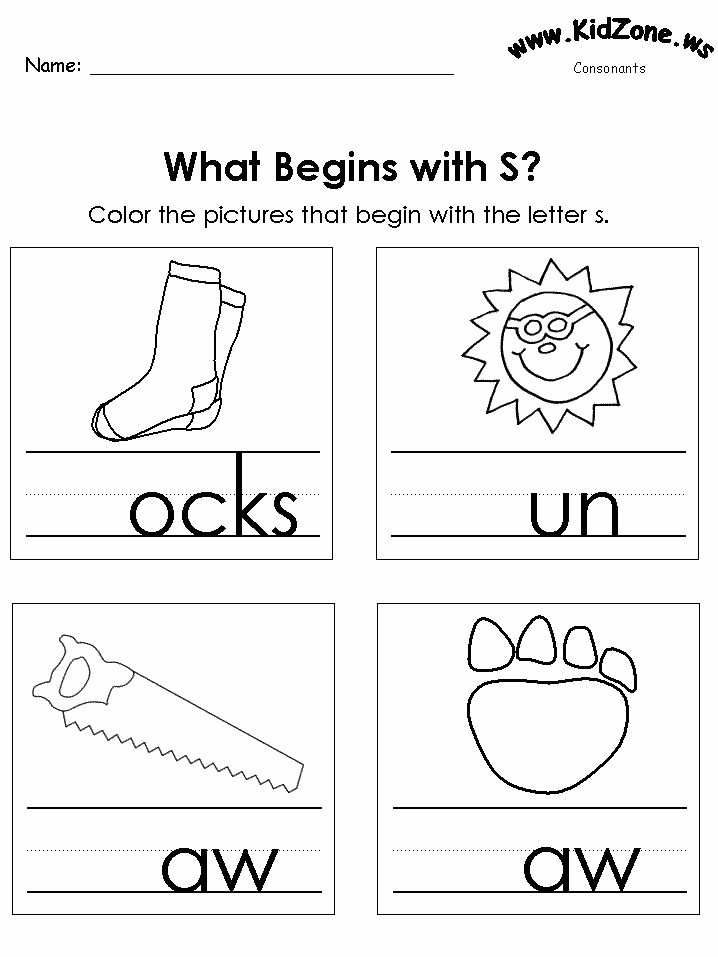
Learn more: I can teach my child
16. Make tactile letter cards
There’s lots of research (and experience) to support the value of using all the senses to learn. Making these tactile alphabet cards will be fun and have lasting benefits.
Learn more: All About Learning
17. Trace letters in spices
This one combines touch, smell, and sight. It gives you an opportunity to talk about what we uses spices for as well. Put the bottle in front of a child and have them write the spice name in the spice to make things a bit more challenging.
Source: Frog in a Pocket
18. Study a letter of the week
Many PreK and Kindergarten classes do a letter of the week, and for good reason. Teachers all share that instant recognition of letters and practice writing them is so important for learning to read. Doing alphabet activities for one letter each week reinforces knowledge and recollection.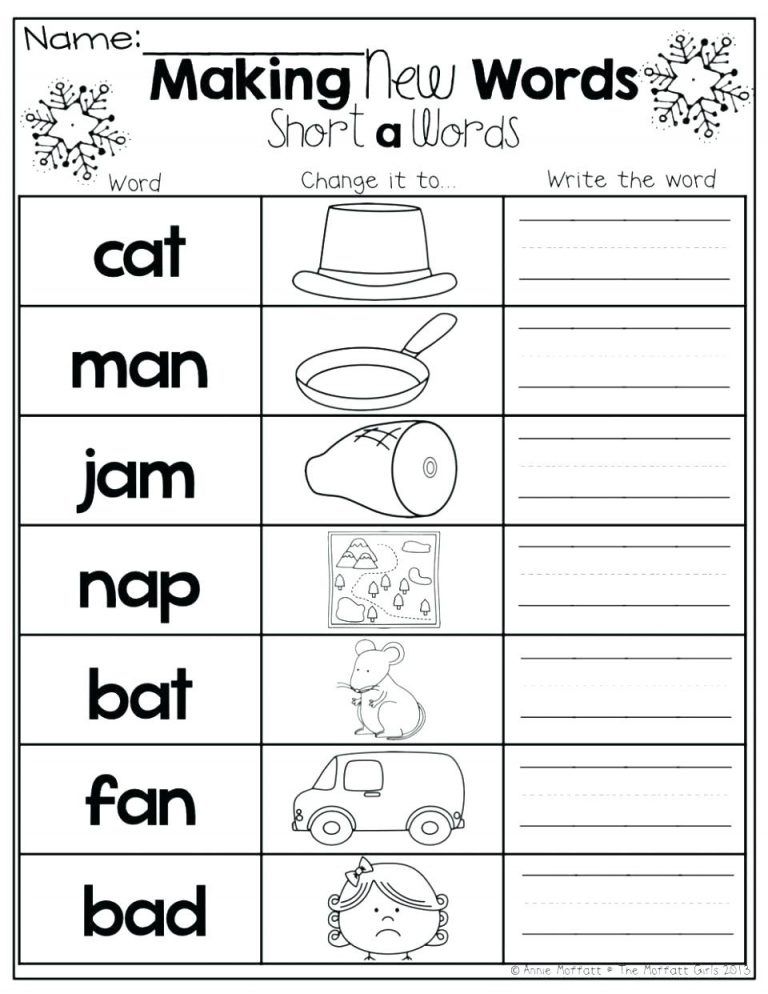
For weekly activities: Preschool Mom
19. Do the yoga alphabet
Show kids this video and take the time to learn each yoga pose. Connecting the mind and the body is great for learning.
20. Sing songs about the alphabet
Everyone loves to sing the alphabet song, but did you know there are lots of other songs to sing that can help you remember the alphabet? Try out this Sesame Street favorite:
21. Draw pictures from letters
Using letters as a starting point, teach kids how to draw. If this is too difficult at first, just write a letter and then draw a picture around the letter.
Learn more: Felt Magnet
22. Highlight letters on a page
Print a page of text or grab your favorite magazine and a highlighter. Ask kids to highlight as many of one letter as they can find. This is also great for sight word recognition.
Here’s a freebie from The Inspired Apple to get you started.
23.
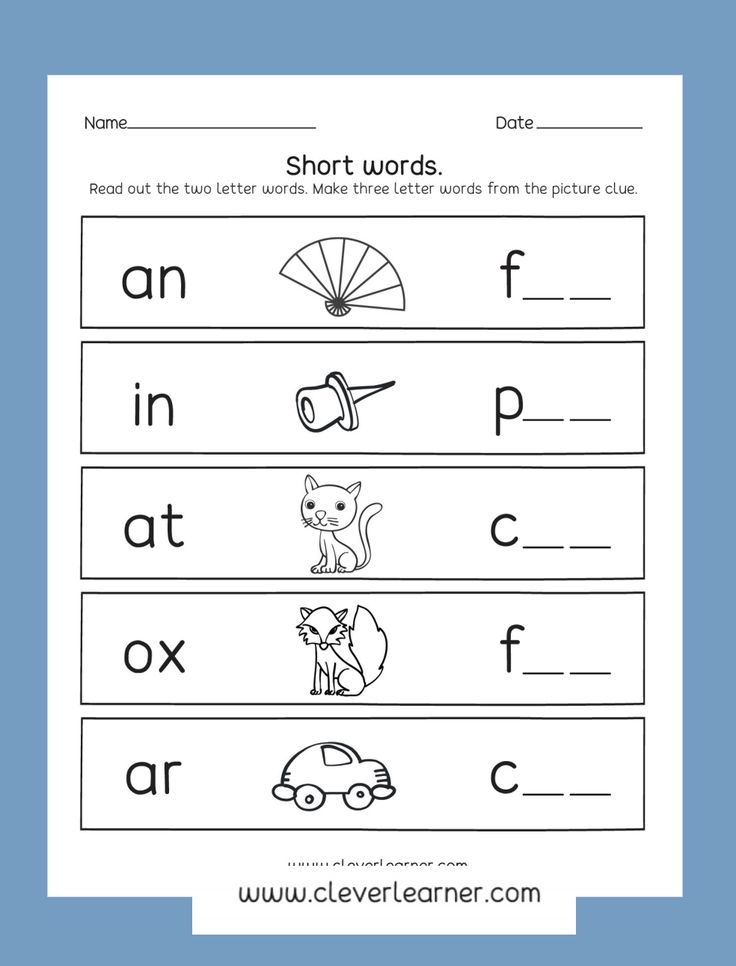 Do-A-Dot letter tracing
Do-A-Dot letter tracingThese dot markers make tracing letters more fun and help kids with directionality and remembering how to write and recognize letters.
Free Dot tracing sheets: DTLK’s Educational Activities for Kids
24. Play letter slap
Make 2 sets of index cards with all the letters on them (52 cards in all). Shuffle the cards together and deal them so each kid holds 26 cards. Together each player takes their top card and turns it upright. The player with the letter closest to A wins the hand and takes the card. If two of the same letter are played, the players slap the card. The one on the bottom of the slip wins the hand. The game ends when one player holds all the cards.
25. Match plastic Easter egg letters
Surely you have some plastic Easter eggs hanging around your attic. Use a Sharpie or letter stickers to put an uppercase letter on one half and a lowercase letter on the other. Then separate the two and throw them all in a basket.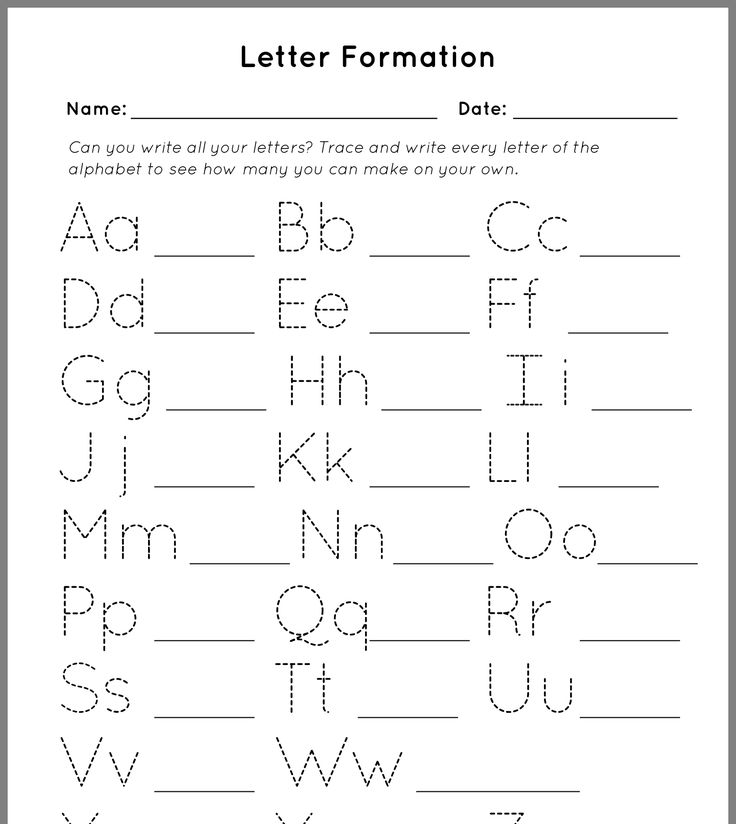 Kids pull them out and match them up. Tip: Add difficulty by not coordinating the colors.
Kids pull them out and match them up. Tip: Add difficulty by not coordinating the colors.
Learn more: Crystal and Co.
26. Create loose part letters
What are loose parts? Loose parts are exactly what they sound like—a collection of loose materials or objects. These can be small pebbles, bottle caps, random LEGO bricks, seeds, keys, anything. Draw big letters on a piece of paper and have kids line up loose parts to make the letter.
Recognizing letters is a fundamental part of learning how to read. Without it, children struggle to learn letter sounds and identify words. Beginning readers who know their alphabet have a much easier time learning to read. Making alphabet practice a part of every day in fun ways helps create a lifelong love for letters and words.
What games and activities do you like to use for practicing the alphabet?
Plus, our favorite activities using alphabet beads and the best alphabet books.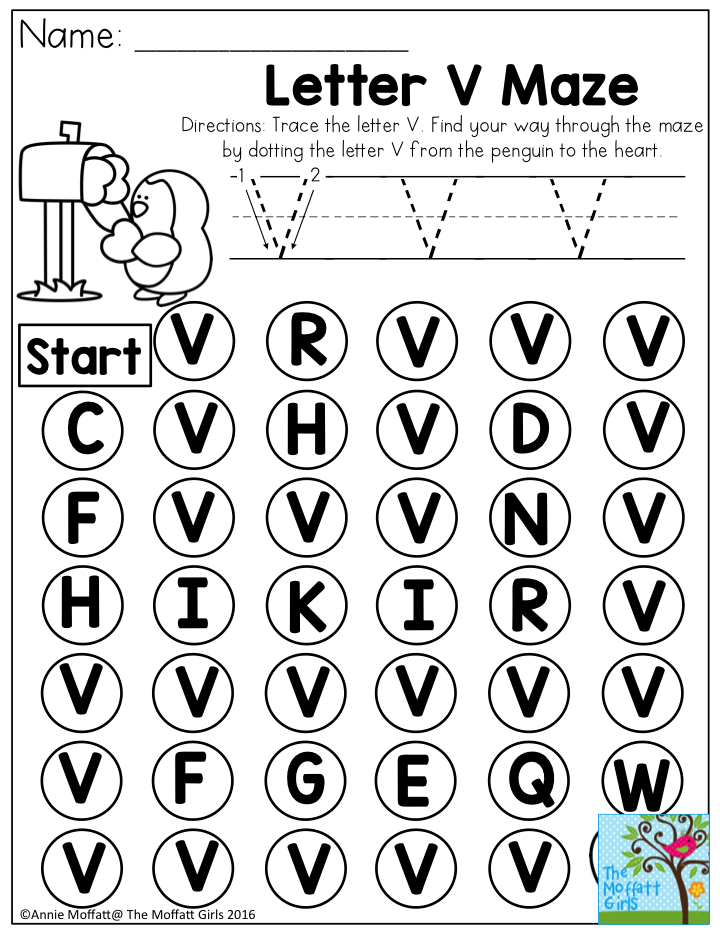
50 Simple Alphabet Activities for Preschoolers
You are here: Home / Activities / Learning / Literacy & ABCs / 50 Simple & Fun Alphabet Activities for Preschoolers
30 Jul
Literacy & ABCs
PopularPreschoolersABCs
Letter Sounds
Letters
Lowercase Letters
Resources80 Comments
SHARE POST
It’s almost time for back to school for preschool and kindergarten kids and these alphabet activities will come in handy!
How do you teach the alphabet to preschoolers?!
As a preschooler, I don’t really think a lot is expected for them to know. Some basics are good though, like colors, shapes, numbers and letters.
To refresh my preschooler’s memory of letter recognition in general, as well as knowing the uppercase and lowercase alphabet and getting to know some of the letters sounds, I’ve been collecting ideas for activities that Henry can do to get him back on track of school. (Check some more out my ABC Learning & More Pinterest Board.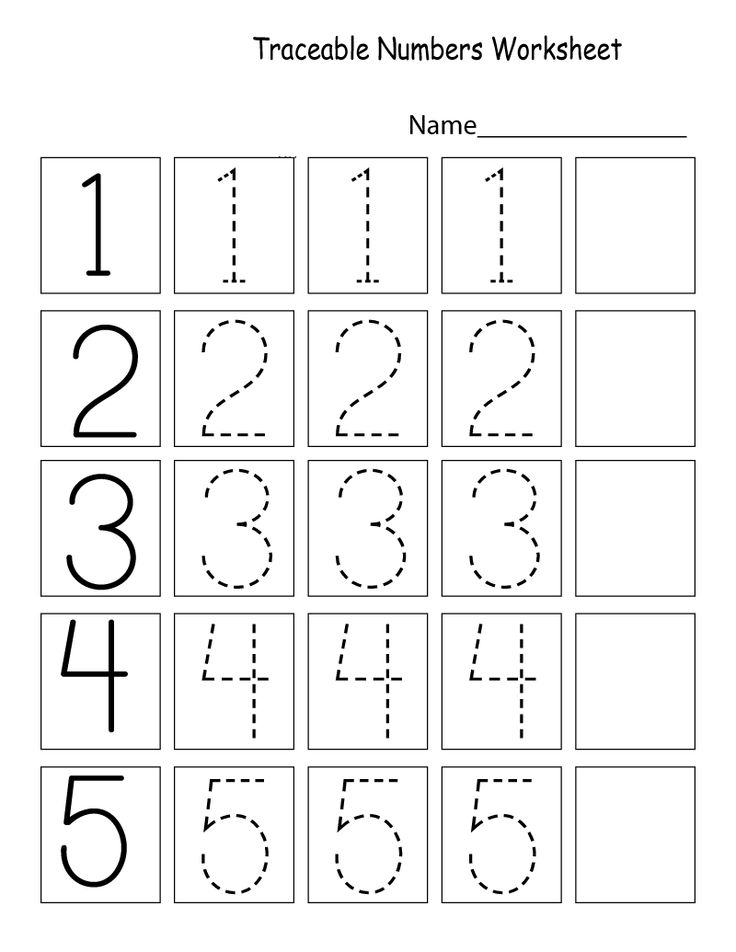 )
)
Not to mention it’ll be great to get me back into school mode too!
With any learning activities, it’s very important to not crush your child’s confidence. Build on what they already know and expand slowly. And only go further when they’re excited to learn.
We want our kids to love learning! Not dread it.
So if they’re not excited about an activity, put it away until another day.
The big question then is…
How do you teach alphabets to preschoolers in a fun way?
Here are 50 alphabet activities meant for preschoolers that do just that.
Hands-on activities that have the preschoolers playing and involving their entire body while learning their ABCs.
Without them even realizing that they’re learning to recognize the letters of the alphabet, both the upper and lower case… or their letter sounds.
Let’s get on with it and see how to teach the alphabet to preschoolers in a fun way!
Recognizing Letters of the Alphabet
Identifying the letters of the alphabet can be a fun activity for preschoolers to learn while playing!
Here are
25 Alphabet activities to recognize the letters of the alphabet.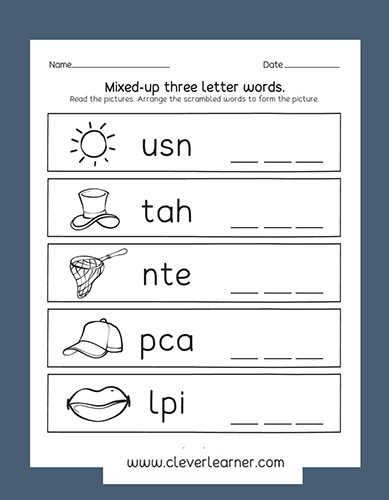
- An ABC Mat is super handy to have on hand when your child is learning the alphabet! Try an active ABC mat learning game to get them really involved!
- By singing the ABCs the child can find his way through an alphabet maze! Use vehicles or a ball, or even a doll to walk their way through the maze.
- Squirt the Letter.
- Make learning magical with magic letters that the kids reveal as they paint over them.
- Do a letter search and find and match the pieces back together. (Little Hands, Big Work)
- Make a sensory bag to find the letters.
- Get creative and have her feed the monster letters as you call them out. (Little Family Fun)
- Use sticker letters to match to letters that you write on a paper towel tube! (Activity Mom)
- Make letters from pipe cleaners. (Make and Takes)
- Have fun stacking letter tiles! The catch? Name the letter before you can add it to your tower! (Stay At Home Educator)
- Try a magic trick like Playdough to Plato does with a ABC cup hunt game! Which one is the pom pom under?
- Find the letter and trash it! A fun idea from Motherhood on a Dime.

- Playing House does a bean bag toss into a letter tub that you call out.
- An activity twist on musical chairs, play musical alphabet with your preschooler and identify the letter you stop on! Kids Activities can make this more difficult for older kids too!
- Fish for Letters from First Palette. Can you identify your ‘catch’?
- Letter “I Spy” with Grown Up Board Games from A Heart for Home.
- Make these simple ‘building blocks’ so your child can build a letter and then tell you what it is! (Simple Real Moms)
- Write the alphabet on the sidewalk and water the ‘garden’. (Toddler Approved)
- Magnetic letters matching from NutureStore make great alphabet games!
- Simply make it a race! Lay out some letter cards and shout out a letter, have your child run as fast as they can to find it and bring it back to you. (Frugal Fun 4 Boys)
- A classic from my childhood. When in the car and traveling, do an alphabet hunt. (Teach Mama)
- Let the children play on a typewriter, or old computer keyboard.
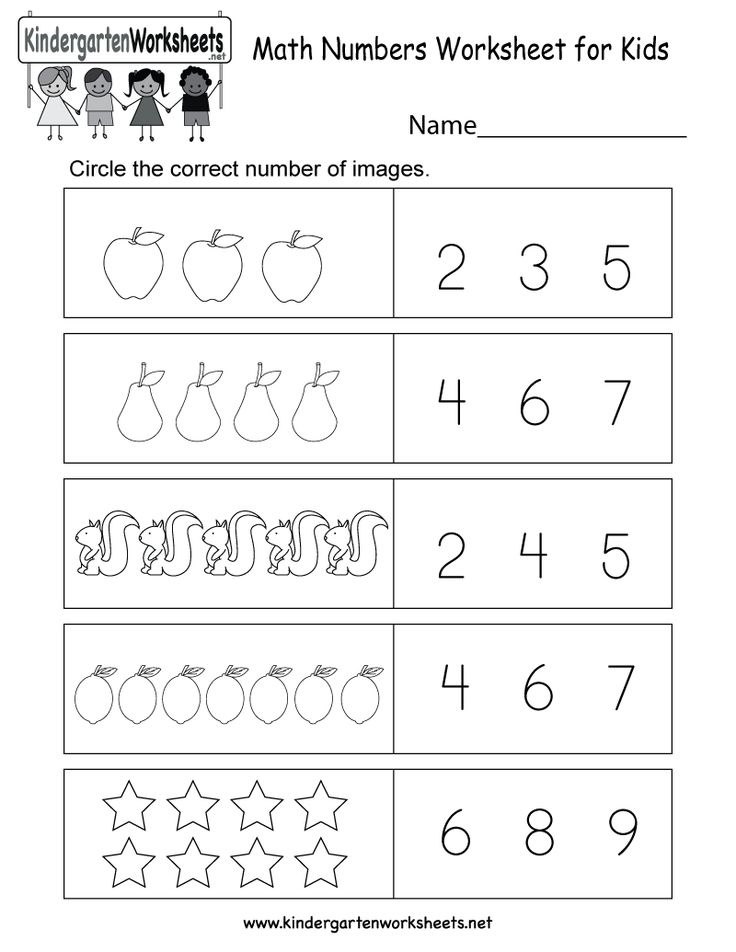 (picklebums)
(picklebums) - NurtureStore reinforces alphabet identification by baking the alphabet.
- Another use for the ABC Mat is to play twister! (Learners in Bloom)
- Homemade letter sponges for the bath from Learning 4 Kids are a fun learning addition to bath time!
Additionally, these products are excellent to have on hand when learning letters.
These do include my affiliate link that helps to support Hands On As We Grow® at no additional cost to you if you purchase. We truly appreciate the support, thank you.
- Alphabet Foam Puzzle Mat
- Foam Bath Letters & Numbers
- Large Wooden ABC 26-piece Puzzle
- Melissa & Doug Classic ABC Block Cart
- Alphabet Fun Flash Cards
- LeapFrog Fridge Phonics Magnetic Alphabet Set
These provide amazing opportunities for letter or alphabet games and activities to do at home!
Learning Uppercase & Lowercase Letters
Lowercase letters tend to be harder for preschoolers to identify as well as match up with their uppercase counterparts.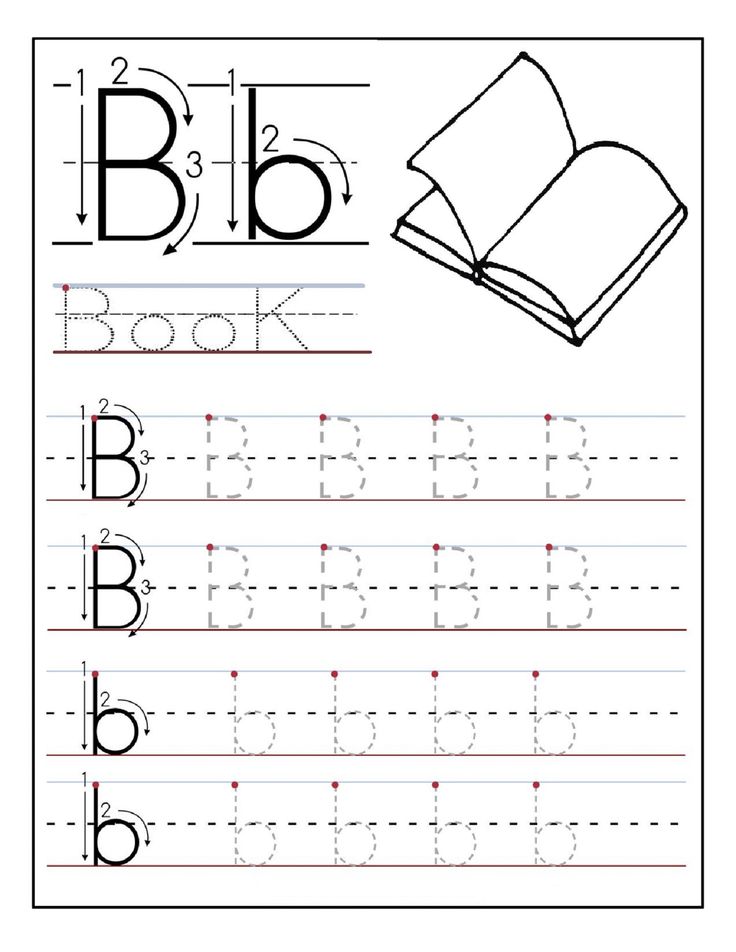
Here are 9 alphabet activities to help preschoolers distinguish between upper and lower case letters.
- Got on a letter hunt and match the found letters to a set of lowercase letters!
- Match uppercase and lowercase hearts using a free printable.
- Write lowercase letters on clothespins and have your child match and clip them onto an uppercase letter that’s printed (or written) out. (I Can Teach My Child)
- Bring out the Easter Eggs. Label each side with corresponding upper and lowercase letters! Can your child put the eggs back together? (Teachers Pay Teachers)
- Learn letters on the go with two paper plates, one with lowercase, one with uppercase letters. No Time for Flash Cards has the how to.
- Make learning the ABCs a big event! Turn the floor into a mega doodle of letters and then match corresponding letters to it! (Filth Wizardry)
- Match upper and lowercase letters on the sidewalk.
- Practice writing while also learning both upper and lowercase letters by using a tray of salt.
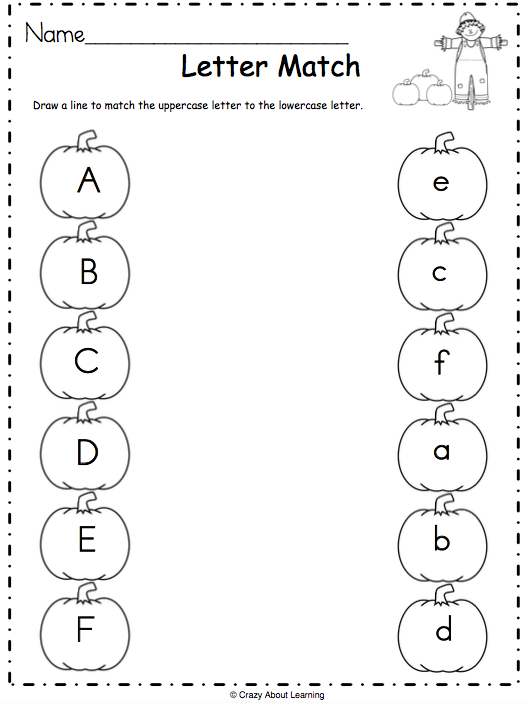 (Teach Preschool)
(Teach Preschool) - Play a game of alphabet bingo. (Teach Mama)
Letter Sound Activities
Many of the activities for preschoolers that are listed for recognizing the letters of the alphabet can also be adjusted for learning the sounds of the letters too!
Here are 16 alphabet activities for preschoolers to work on the sounds of the letters!- Go on a hunt for toys that start with the letters and then got to punch through for a prize in our letter sound punch alphabet game.
- Make an alphabet game to sort by beginning letter sounds.
- An active way for the kids to learn their letters is simply with a ball and shouting out words that start with a letter! The Pleasantest Thing gives us many variations of this alphabet game in her guest post!
- Take learning outside with a sidewalk letter sound scavenger hunt like No Time for Flashcards.
- Another version of this would be to spray the letter that makes the sound from Train Up a Child.

- Indoors, set out some cups and letters on them and have the kids find as many toys as they can that start with each letter. (PreKinders)
- Simple. Kids love to pretend to ‘work’. Give them tees and a hammer and pound the sound idea from ABCs of Literacy.
- Add letters to muffin tins and toss a small object. Where it lands the child has to tell you what sound that letter makes. This idea’s found at ABC & Learning by Playdough to Plato.
- Do a beginning letter sound toy wash!
- Climb up the stairs when you get the right letter sound from A Mom with a Lesson Plan.
- Make a collage from magazine cutouts for letter sounds. (Carrots are Orange)
- Get active with a letter sound jumping game from The Imagination Tree.
- A Run N Spell alphabet game from Having Fun At Home gets the kids moving and learning starting letter sounds.
- “Baking” the Alphabet on a hot day from Not Just Cute. Hungry for a banana? Fill up the letter b-b-b-B!
- Alphabet bowling with letter pins from Toddler Approved
- Use letter pops (sticks with a letter on the end) to have the kids identify objects from around the room or house that start with the same letter.
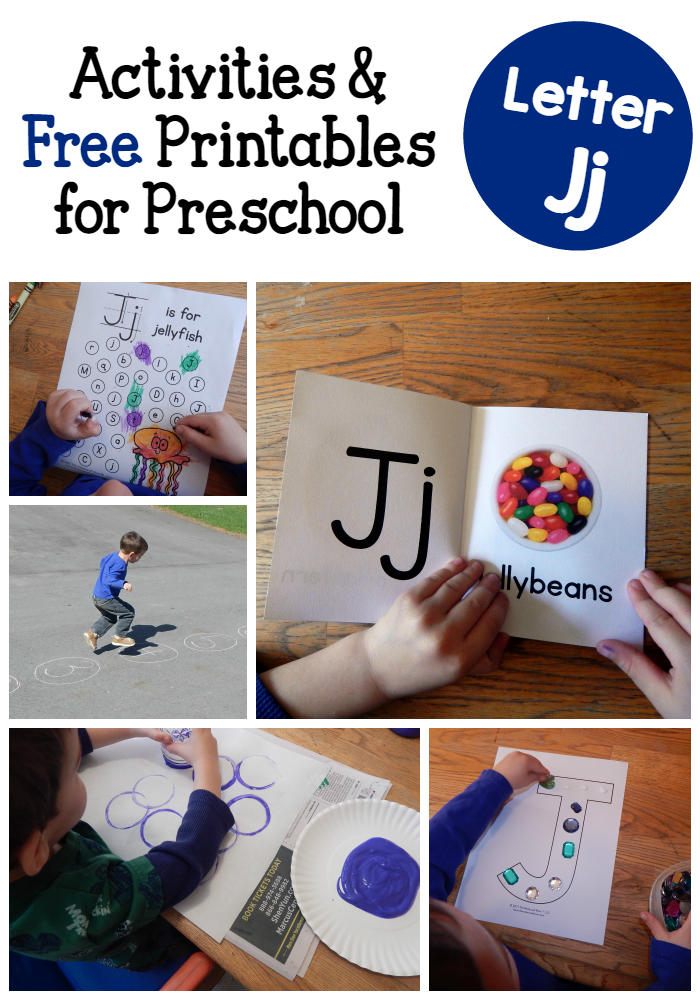 (Dr. Jean & Friends)
(Dr. Jean & Friends) - Match toys to letters with this hands-on sound activity from No Time For Flash Cards
Fantastic books for learning ABCs:
Supplement these learning activities with books and your preschooler will be singing, reciting, spelling and sounding out the ABCs in no time I bet!
- Alphabet Book (Farmyard Tales Books Series)
- Alphabet Rescue
- Alphabet Mystery
- Dr. Seuss’s ABC: An Amazing Alphabet Book!
- I Spy Letters
I’d love to know.
When was your child able to identify some letters of the alphabet?
Henry learned his alphabet really early it seemed. Identifying a few letters when he was 20 months old and knowing almost the entire alphabet when he was just over 2 years old.
George on the other hand has no interest yet at 22 months so it’s not on our radar.
If you have an eager early learner, these beginning learning letter activities are perfect for toddlers!
Onto numbers! 40 number activities for preschoolers too!
SHARE POST
About Jamie Reimer
Jamie learned to be a hands on mom by creating activities, crafts and art projects for her three boys to do.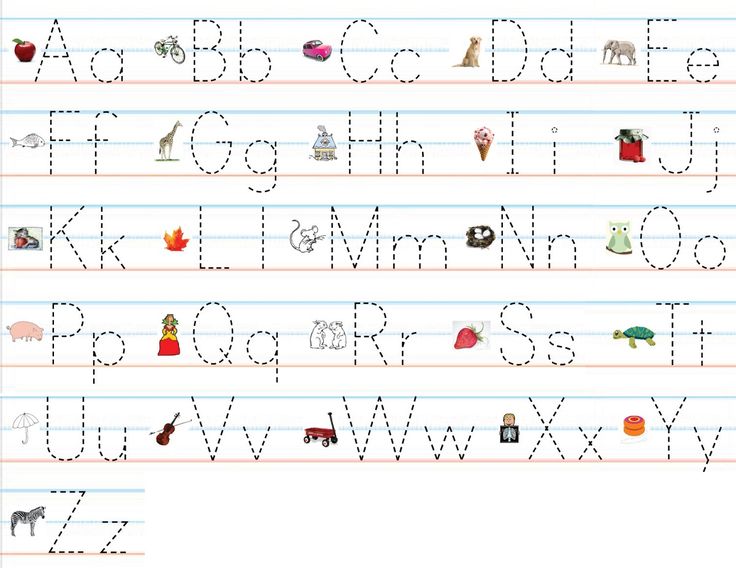 Jamie needed the creative outlet that activities provided to get through the early years of parenting with a smile! Follow Jamie on Pinterest and Instagram!
Jamie needed the creative outlet that activities provided to get through the early years of parenting with a smile! Follow Jamie on Pinterest and Instagram!
Reader Interactions
for children aged 4-5 remembering the letters is not difficult at all
Contents of the article
- When to start learning?
- How to teach a child the alphabet
- How to organize classes correctly?
- Conclusion
All parents want their child to be the smartest and most skilled, to know and understand everything. One of the reasons for pride is the knowledge of the alphabet. Moms are constantly looking for an opportunity to show off to each other what letter the baby has learned. But is it right to hurry in this matter? When is it better to start teaching a child to memorize letters and what rules should be taken into account?
When to start training?
It is possible to conditionally call a 4-5-year-old child ready to learn letters.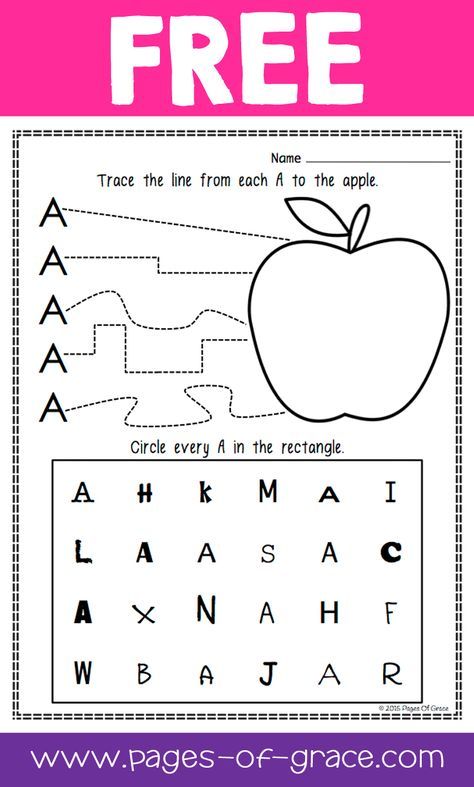 But you should focus on the individual characteristics of the development of your child.
But you should focus on the individual characteristics of the development of your child.
First of all, he will most likely begin to show interest in the scribbles in books - letters that you can read, but he cannot.
Secondly, if a child has problems with the pronunciation of certain sounds (most often [l], [r] and [s]), then first it is necessary to eliminate these difficulties and only after that start classes. You can always seek help from a speech therapist or try to correct the pronunciation yourself. If you do not do this, the baby will confuse the sounds and names of letters, not to mention the reading of syllables. Classes will not interest him, and he will simply refuse to study the alphabet.
Also, do not rush the child if his vocabulary is still small. And why do it? It is unlikely that you will suffer greatly if the baby begins to learn letters not at 3-4 years old, but at 5-6 years old. Leave more naturalness in the development of the baby, and then he will study with pleasure.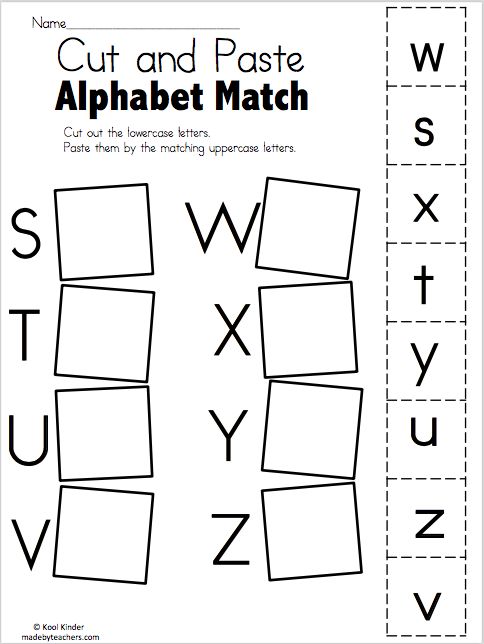
How to teach a child the alphabet
Before you start teaching something, you need to learn how to do it right. There is a certain technique of teaching reading that many ignore and strive to teach the child the alphabet in all possible and impossible ways. Hence, so many mistakes and, as a result, difficulties for the baby.
Consider the 4 basic elements of reading technique:
- learning and memorizing letters and their corresponding sounds;
- direction of reading words;
- study of syllables;
- the ability to divide words into syllables and letters.
Most often, children start learning the alphabet incorrectly. First letters (BE, GE, KA, etc.), then sounds ([b], [g], [k]), to which the child rightly remarks: “But this is EM, not M!”. And when he needs to read syllables and words, he will get not MA-MA, but EM-A-EM-A. To avoid this, teach your child to call a letter with a sound! Believe me, later he will have time to remember the alphabetic names of the letters.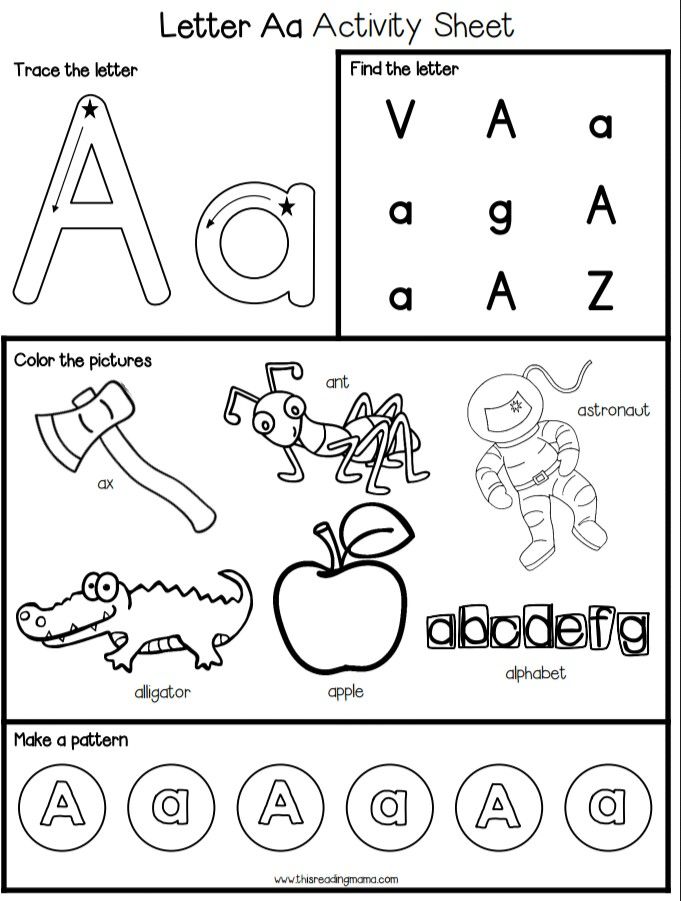 But now it will only lead to the fact that the baby will get confused.
But now it will only lead to the fact that the baby will get confused.
Some people think that you need to learn the alphabet in order. What for? First you need to study consonants and vowels, which form simple words and syllables, such as “mom”, “dad”, “woman”, etc. So your baby will be glad that he not only learned a couple of letters, but now knows whole words made up of them. For him, this is a real achievement!
Sample activity
“Today the letters M and A came to visit us,” show them on the cards. "Say "M"!" Let the child repeat after you. “Now show me where the letter M is? Correctly! And her friend's name is A! Say "A"! Now show the letter A? Well done! Remind me, what is the name of the girlfriend of the letter A? - if the child has forgotten, but this is possible, then tell me.
“M” and “A” have their own houses, can you tell me where they live?” - on the poster, draw houses with the names M and A in advance, and the baby will have to put the cards on the corresponding houses. "Let's look for the same letters that live on our refrigerator?" - the child must find letters among the magnets, but you need to select them in advance so that they do not get lost among others. If you see that the child is difficult, then divide this lesson into 2 lessons.
"Let's look for the same letters that live on our refrigerator?" - the child must find letters among the magnets, but you need to select them in advance so that they do not get lost among others. If you see that the child is difficult, then divide this lesson into 2 lessons.
If you decide to teach your child the alphabet at home, do not forget that at 4-5 years old children cannot concentrate for a long time, so it is not recommended to force them to study.
How to organize classes correctly?
Learning the alphabet for children 4 years old is not always a desirable pastime. At this age, they like to jump, run, play more than study. Therefore, it is important to organize developmental activities in such a way as to interest the baby and not discourage him from learning something after the first time.
Which rules must be followed?
- You need to practice 5-6 days a week. Do two sessions a day for 5-15 minutes. If the child himself pulls you to study, do not refuse him.
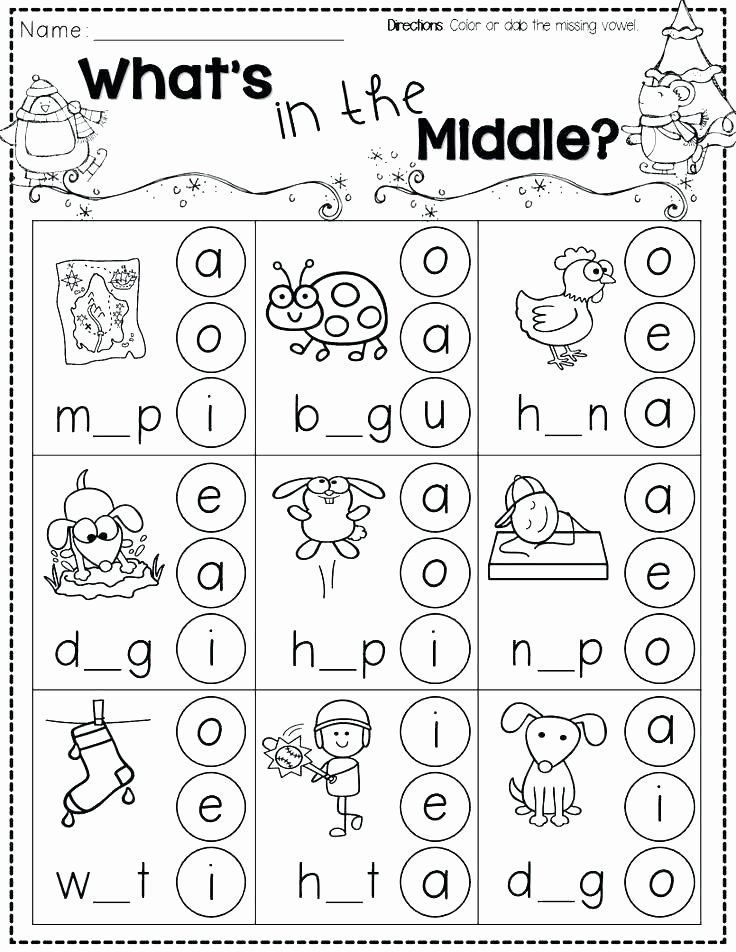 So you support his initiative.
So you support his initiative. - There must be a day or two without classes.
- Do not conduct classes when the baby is too active or distracted, as well as during illness and bad mood. Remember that this is not an adult who knows how to control his desires and behavior.
- Classes are best done in a playful way. To do this, use all sorts of tricks: magnetic letters, educational cartoons, cards, presentations, cubes, pyramids, etc. Children pay attention to everything colorful and new, thanks to these little tricks you can interest your baby. He will perceive the lesson as a game, and not as a boring lesson.
- If a child loses interest in the middle of a lesson and decides to play something else, do not scold him and force him to continue the “lesson”. It's better to say, "OK. We'll stop now, but I'll put our letters right here so you and I can continue a little later."
Conclusion
Learning the alphabet is a long process. It is impossible to name the exact period for which your child will remember all the letters, learn to match sounds with the alphabetic name of the letter. The main thing is not to expect quick results from the baby, not to make unbearable demands and not to compare your child with other children. First, no two children are the same. Secondly, your love and emotional participation at this age is more important for the crumbs than knowing the alphabet.
It is impossible to name the exact period for which your child will remember all the letters, learn to match sounds with the alphabetic name of the letter. The main thing is not to expect quick results from the baby, not to make unbearable demands and not to compare your child with other children. First, no two children are the same. Secondly, your love and emotional participation at this age is more important for the crumbs than knowing the alphabet.
Learn letters with children - games and manuals
Learn letters with children: educational games and manuals with your own hands or how to teach your child letters by playing.
You can learn letters with your child in a variety of ways. The most effective, enjoyable and natural way for a child to learn is through play. Each parent has their own experience and their own ways of learning letters with children.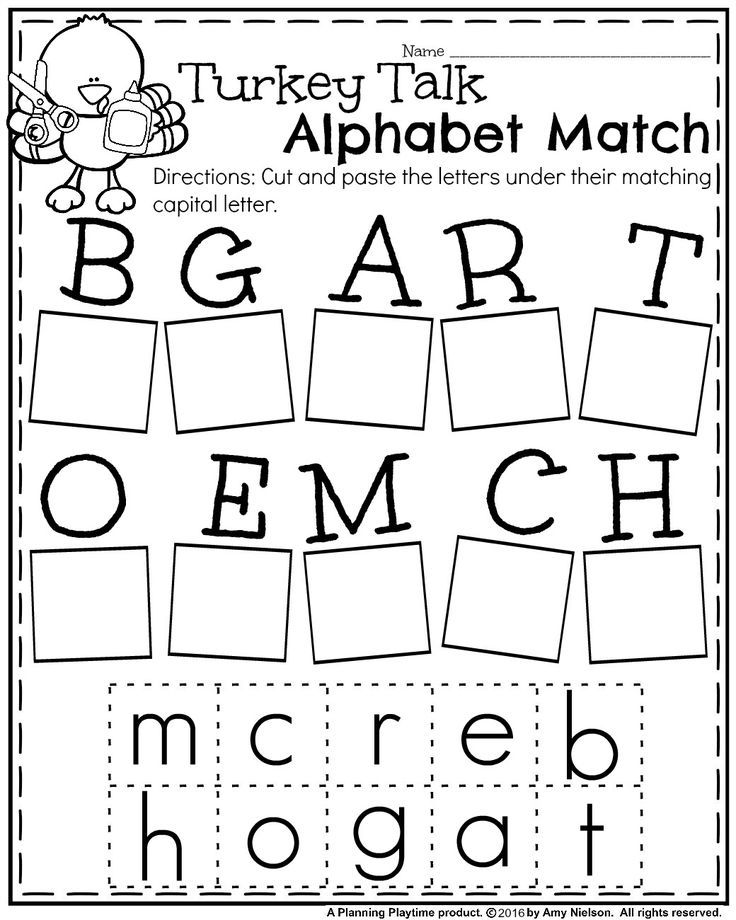
In this article I would like to show the developmental and educational aids that Marina made with her own hands in order to teach letters to her children. Many thanks to her for the photos.
Board game-walker "Letters"
There are different versions of children's board games of walkers, in which players take turns throwing a die and making the appropriate number of moves in the cells of the playing field.
This game allows you not only to teach your child letters by playing, but also to remember vowels and consonants, deaf and voiced. Vowels are marked in red and consonants in blue, a bell is depicted next to voiced consonants, and an eye is shown next to deaf ones.
You can play in different ways, depending on the age and knowledge of the child. With a baby who does not yet know letters, if the cube falls on a cell with a certain letter, the adult calls it out loud (in this case, it is very important to first name not the letter itself, but the sound that it means, for example, not "er", but "r ", etc.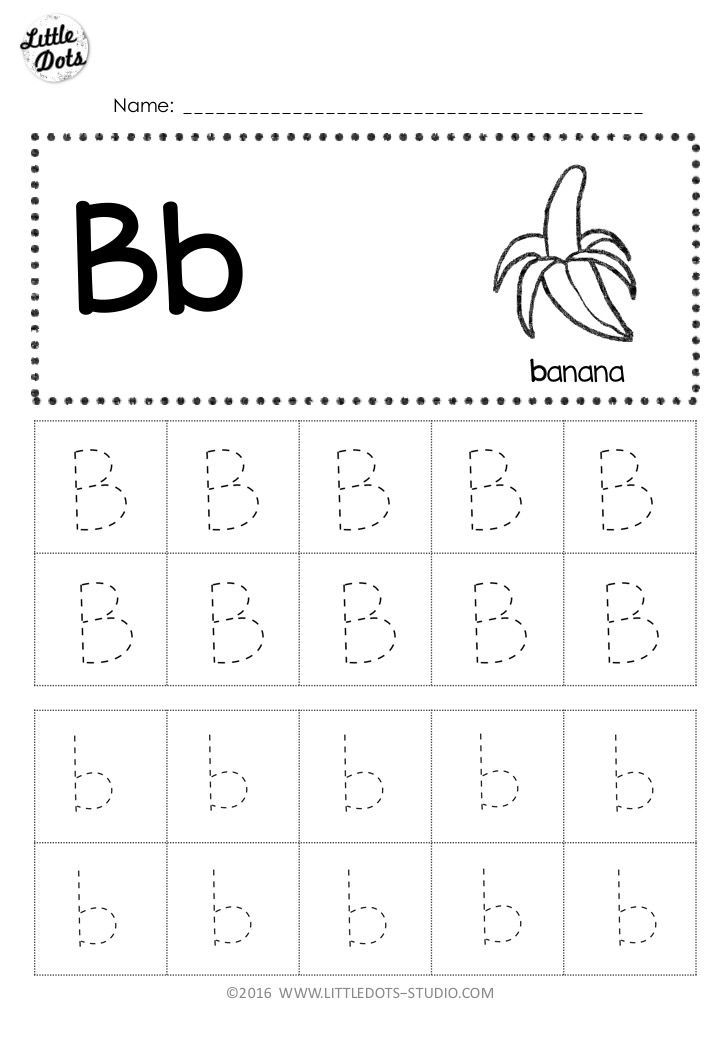 ) and its characteristics, and the child repeats.
) and its characteristics, and the child repeats.
If the child already knows the letters, then when his turn comes, he himself names his letter and its characteristics, and when the adult's turn comes, he checks whether the adult named his letter correctly.
Games with letters on caps
I told about such letters and games with them for older children in the article "ABC from caps and games with letters and words". Marina, in my opinion, has a very interesting version of the game with such letters for both kids and older children. Not only is it fun to learn letters, it's hand dexterity training and water play that kids love to tinker with.
The letters on the lids are painted with nail polish. They need to be poured into a basin of water so that the children catch and take them out with spoons, calling them "catch". You can arrange a whole competition, but only in such a way that friendship will definitely win.
Another version of the game with such letters, which Marina's child likes more now, is a tactile game-finder: rice with letters hidden in it, which the baby looks for by touch and names.